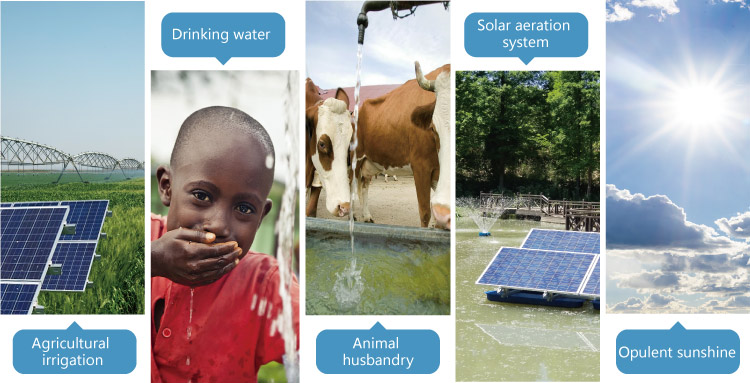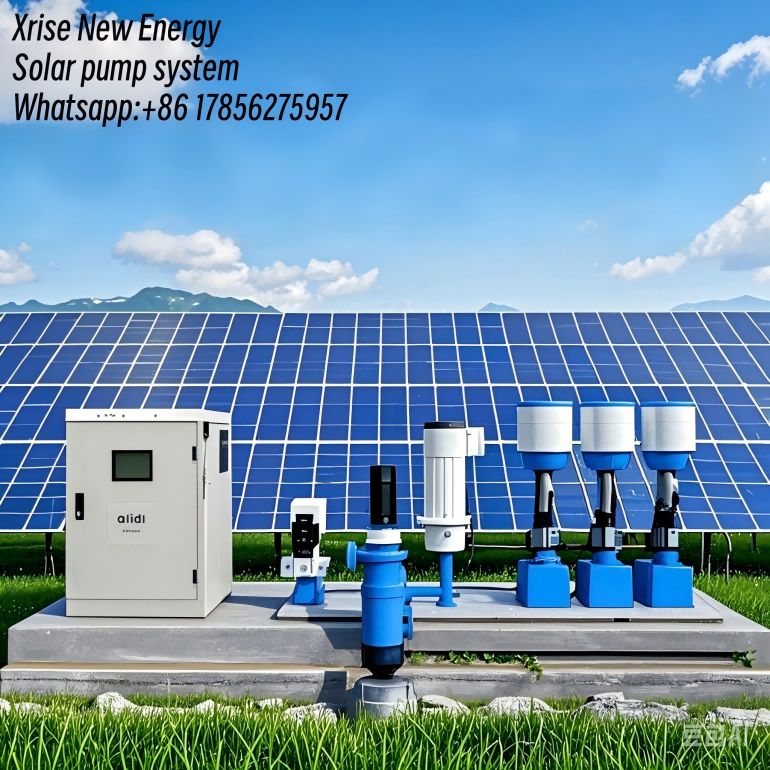Introduction
Solar pump inverters are the backbone of modern solar-powered water systems, offering a sustainable and cost-effective alternative to traditional grid-dependent pumps. Whether you’re a farmer, industrial user, or eco-conscious homeowner, understanding how solar pump inverters work and their advantages can help you make informed decisions. In this guide, we’ll explore their benefits, how to select the right inverter, and why they’re essential for a greener future.
Section 1: What is a Solar Pump Inverter?
A solar pump inverter converts direct current (DC) from solar panels into alternating current (AC) to power water pumps. Unlike traditional inverters, these are optimized to handle variable solar energy inputs, ensuring consistent performance even on cloudy days.
Key Features to Highlight:
MPPT (Maximum Power Point Tracking) technology for optimal energy harvesting.
Compatibility with AC and DC pumps.
Protection against overvoltage, dry runs, and overheating.
Section 2: Top 5 Benefits of Solar Pump Inverters
Energy Independence
Eliminate reliance on grid electricity or diesel generators, reducing operational costs.
Eco-Friendly Operation
Zero carbon emissions and minimal environmental impact.
Low Maintenance
Fewer moving parts compared to conventional pumps mean reduced wear and tear.
Scalability
Easily expand systems by adding more solar panels or inverters.
Government Incentives
Many regions offer subsidies for solar-powered agricultural equipment.
Section 3: How to Choose the Right Solar Pump Inverter?
Assess Your Water Needs
Calculate daily water requirements (e.g., irrigation, livestock) to determine pump capacity.
Solar Panel Compatibility
Match inverter input voltage with your solar array’s output.
Environmental Factors
Consider local weather patterns (e.g., monsoon seasons, sunlight hours).
Brand Reputation
Opt for inverters with IP65 waterproof ratings and proven durability.
Pro Tip: Use our Solar Pump Inverter Sizing Calculator to simplify your selection.
Section 4: Case Study: Farmer Success with Solar Pump Inverters
Example:
Rajesh Kumar, a farmer in Rajasthan, India, reduced his annual energy costs by 70% after installing a 5HP solar pump inverter. His crop yield improved due to reliable water access, even during power outages.

Section 5: Maintenance Tips for Longevity
Clean solar panels monthly to maximize efficiency.
Monitor inverter performance via built-in LCD displays or remote apps.
Schedule annual professional inspections to check wiring and connections.
FAQs About Solar Pump Inverters
Can solar pump inverters work at night?
No, but they can integrate with battery storage systems for 24/7 operation.
What’s the lifespan of a solar pump inverter?
Typically 8–12 years with proper maintenance.
Are they suitable for deep-well pumps?
Yes—select models designed for high-head applications.
Why Choose [Your Brand Name] Solar Pump Inverters?
2-Year Warranty: Industry-leading coverage for peace of mind.
Smart IoT Integration: Monitor and control pumps remotely via our app.
Custom Solutions: Tailored systems for agriculture, residential, and industrial use.
[CTA Button] Explore Our Solar Pump Inverters →(Whatsapp:+86 17856275957/email:helsing@xrisesolar.com)
Conclusion
Solar pump inverters are a game-changer for sustainable water management, offering unmatched efficiency and ROI. By investing in the right system, you’ll not only save money but also contribute to a cleaner planet.
[Final CTA] Ready to Go Solar? Contact Our Experts for a Free Consultation!


